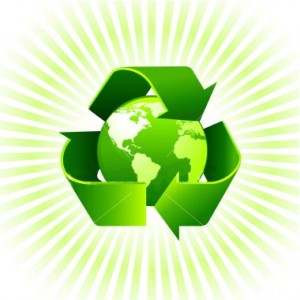Team:Imperial College/tour
From 2013.igem.org
Project Plasticity: engineering bacteria to turn mixed waste into bioplastics
Don't have much time? Don't worry this page gives a summary of our entire project.
The world produces mountains of waste, only to discard or incinerate it!

The Waste Issue
Waste is a major byproduct of our free market society. Every year, over 3 billion tonnes (Gt) of waste are produced within the European Union [http://ec.europa.eu/environment/waste/]. This includes municipal solid waste (MSW), industrial and hazardous waste. We have estimated that between 2005 to 2050, enough waste will be produced to create a mountain half the size of Everest. Plastic waste alone, at ten percent of the total will produce a mountain the size of Mont Blanc, the largest mountain in the EU. Even more significantly, this represents only a fraction of the world's population, approximately 500 million live within the EU. When we look at the American figures, we see that solely industrial waste comes to around 7.6 Gt [http://www.epa.gov/wastes/nonhaz/industrial/guide/], and this figure was from the 1980s, since then it has no doubt increased per capita as it has in Europe. Due to the necessities of living, we are always going to produce waste. Couple this with a human population of over 7 billion and increasing consumerism around the world and this waste really starts to add up. The mismanagement of waste is not only leading to severe environmental problems but social ones also. The shipping of waste around the world is a disturbing problem but one that makes economic sense. This needs to change.

Landfill
Every year, tonnes of waste are disposed in landfill sites and the materials are lost forever. Plastics, designed to be resistant to biodegradation, can potentially remain in the land forever. Subsequently, the “lifespan” of landfill sites are extremely limited.
Apart from these, methane and carbon dioxide produced in landfill sites cannot be captured to generate energy, but released in the atmosphere, enhancing the greenhouse effect.
Meanwhile, harmful substances including acid gases released from landfill sites severely affect human health [1]. For example, babies of women living within 7km away rom hazardous landfill sites have a significant excess of non-chromosomal congenital anomalies.

Incineration
Incineration is the conversion of materials to carbon dioxide and water. During the combustion process, heat and electricity can be generated with an efficiency of 27% [2]. Thus incineration is a one-time-only affair; the resources which went into the production of these materials are lost to the atmosphere... Meanwhile, ash generated in incinerators, counting for more than 28% of the total waste fed in, has no market as its toxic component poses risks to human health [3].
Incinerator emissions do not just damage the environment [4], people from all age groups who live 3 km to 7.5 km away from incinerators have shown substantial excess cancers [5] [6]. Statistically significant excess of cancer births have also been observed near industrial incinerators.

Gasification
Gaisification is the conversion of materials with carbon and hydrogen in their chemical structure into syngas i.e. hydrogen gas and carbon monoxide, which are combusted to produce electricity with an efficiency of 37% [2]. Gasification requires intensive energy input to achieve 1200 to 2000 working temperature and 6900 kPa working pressure [2] [7]. Gasification is still facing many challenges. For instance ash and dust can pollute the syngas, and most gasifiers requires external heat supply [8].
For materials like plastics, the gasification products are sometimes used to re-form the monomers for plastics, which costs more energy than breaking down to monomers [2], and the energy used for production of the material is wasted.

Recycle
If paper, cardboard plastics, metals and wood are kept chemically pure and physically separated then they can often be recycled and reused. However a large percentage of our waste is mixed together or contaminated with food waste and other contaminants. The consequence of this is that mixed waste cannot be recycled with current technologies.
Current recycling facilities are not very well developed, as manpower is essential in separating different types of materials in waste. This means recycling is not efficient, and employees in recycling sites often have to work in hyperthermal and dusty environment, risking their health.
 "
"



